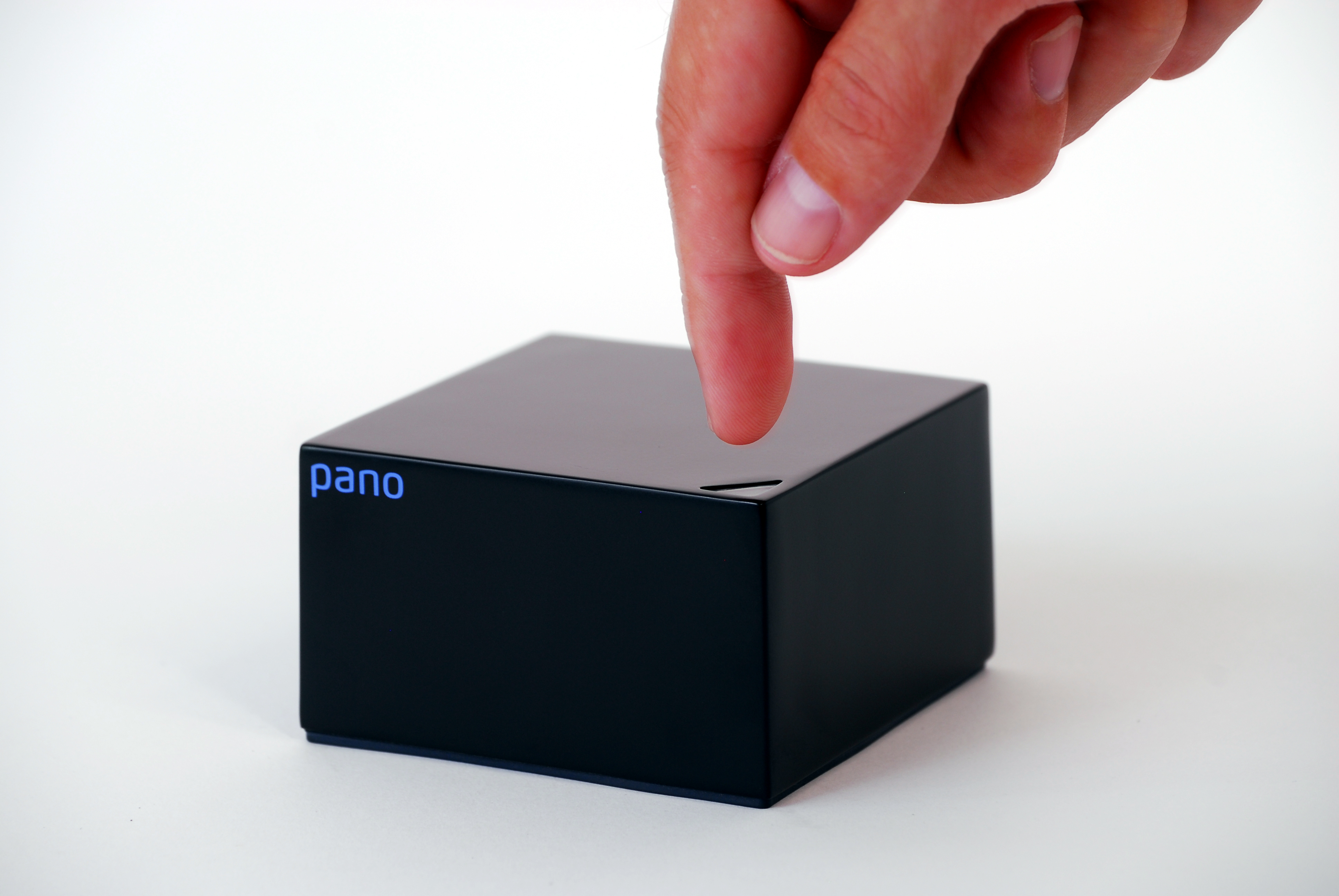Pano pre-configures virtual desktop solution for SMBs


Part of that has to do with how complicated they can be to integrate and configure, a concern that California vendor Pano Logic hopes to overcome with its new Pano Express for SMB offering.
The solution is a turnkey installation of Pano Zero Clients, Pano Manager and Pano Direct Service software, and VMware vSphere that is preconfigured for up to 30 users. It is targeted at small and midsize businesses that need to support remote or branch offices.
The pricing starts at $1,033 per seat. The turnkey solution includes the clients, which use just 6.5 watts of power; an HP DL360 G7 server that includes dual 2.4Ghz, six-core Intel CPUs, fault-tolerant disk arrays and redundant power supplies; VMware vSphere 4 Essentials; software updates for up to one year; and hardware warranties for three years on the clients and server. (HP Care Packs are available for extended warranty and support terms.)
The business benefits pitched for Pano Express for SMB include:
- Support for up to 30 concurrent users running Windows XP or Windows 7 virtual desktops
- 2 Gbytes of RAM per user
- Centralized management
- Reduced electricity consumption
- Lower total cost of ownership (Pano claims up to 70 percent reductions)